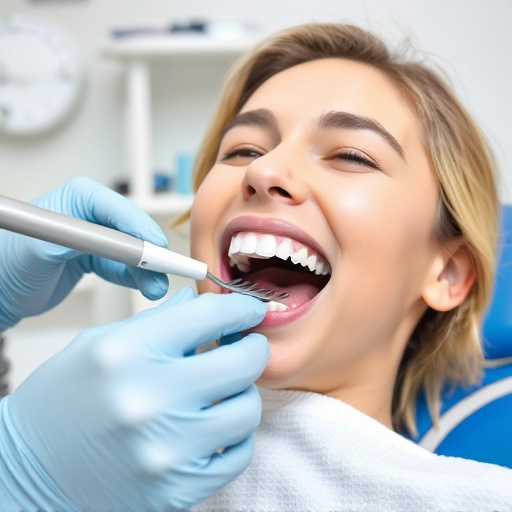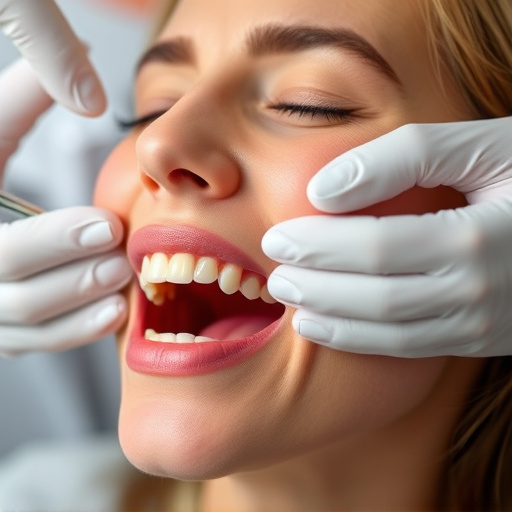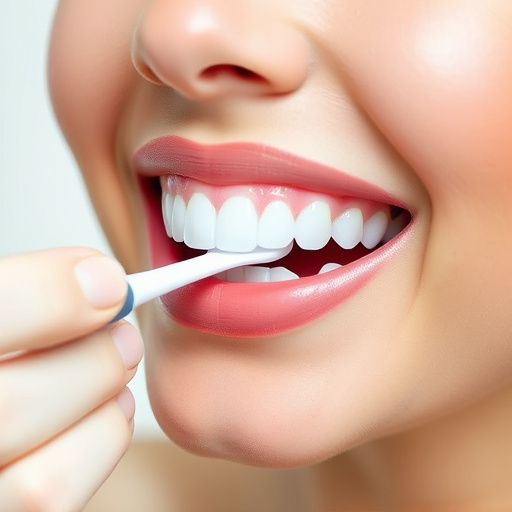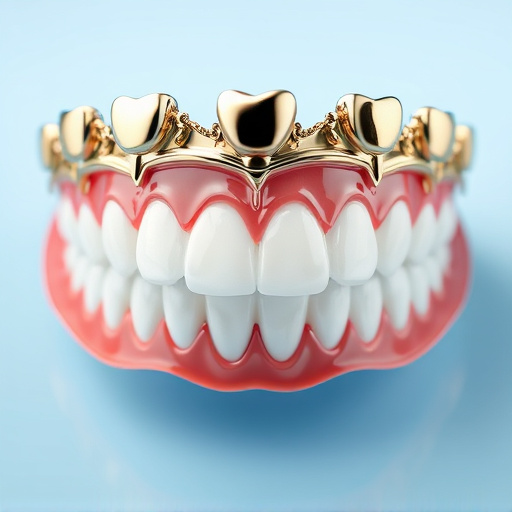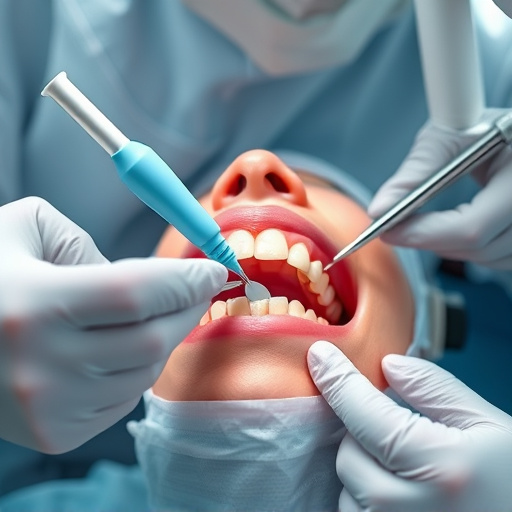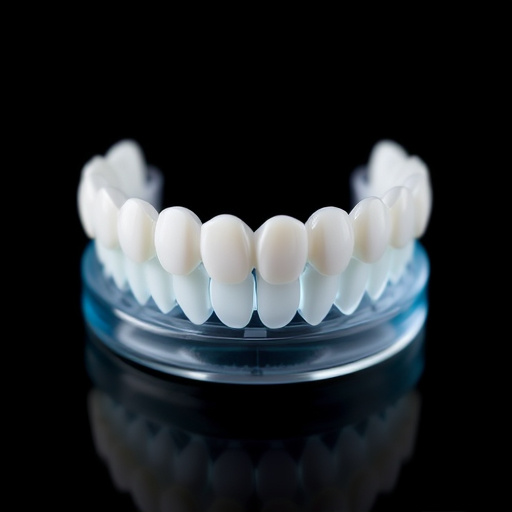A high-quality, custom-fitted sports mouth guard is crucial for athletes' safety and oral health. It protects teeth and gums from impact injuries, prevents fractures and tooth loss, and ensures optimal bite balance through proper jaw and teeth alignment. An ill-fitting guard can hinder performance, cause discomfort, and increase the risk of dental trauma and TMJ disorder. Regular maintenance and fitting checks are essential for long-term oral wellness, especially with existing dental work.
Sports mouth guards are essential pieces of protective equipment, offering athletes crucial defense against oral injuries. A properly fitting guard isn’t just about comfort; it ensures optimal bite balance, enhancing safety during intense athletic activities. This article delves into understanding the significance of a well-fitted mouth guard and provides insights on assessing and achieving ideal bite alignment for maximum protection. By exploring these factors, athletes can enhance their performance and minimize injury risks associated with inadequate mouth guards.
- Understanding the Importance of a Properly Fitting Sports Mouth Guard
- How to Assess and Achieve Optimal Bite Balance for Maximum Protection
- The Impact of an Ill-Fitting Mouth Guard on Athletic Performance and Safety
Understanding the Importance of a Properly Fitting Sports Mouth Guard
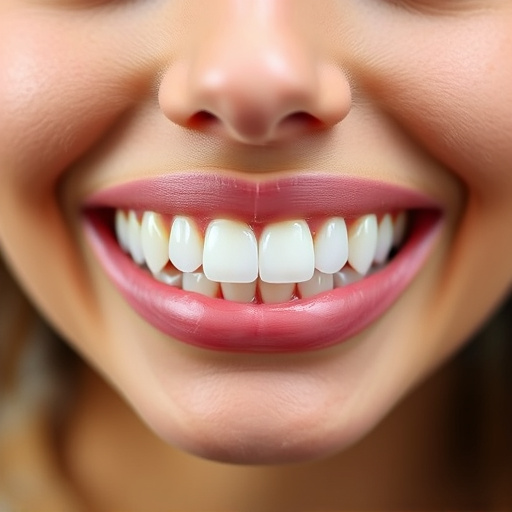
A well-fitting sports mouth guard is not just an accessory; it’s a protective shield for your smile and oral health. In the fast-paced world of sports, where impacts and collisions are inevitable, a custom-made mouth guard can prevent severe dental injuries, including fractures, chips, and even tooth loss. It acts as a buffer, absorbing and distributing the force of impact away from your teeth and gums.
Proper fit and bite balance are crucial aspects of an effective sports mouth guard. A poorly fitting guard can lead to discomfort, difficulty speaking or chewing, and increased risk of injury. On the other hand, a perfectly tailored mouth guard ensures optimal protection by securely holding your teeth in place while aligning your jaw correctly. This is particularly important for individuals who have undergone restorative dentistry procedures like dental fillings or wisdom tooth removal, as these areas require extra care to prevent further complications during physical activities.
How to Assess and Achieve Optimal Bite Balance for Maximum Protection

Assessing and achieving optimal bite balance is paramount when fitting sports mouth guards. This involves careful consideration of several factors that contribute to maximum protection during impact. Firstly, a dentist should evaluate the patient’s occlusion, or the way their teeth fit together, to ensure the mouth guard covers all necessary areas without causing discomfort. Proper fit means the guard aligns with the jawline and teeth evenly, preventing any shifting during activity.
Bite balance, a crucial aspect of overall protection, is achieved when the upper and lower jaws meet in a neutral position. This neutral bite ensures that pressure isn’t concentrated on any specific teeth or areas, reducing the risk of damage to both dental and facial structures. Dentists can use specialized tools for accurate measurements and adjustments, often involving restorative dentistry techniques to refine the guard’s fit. Maintaining regular teeth cleaning and cosmetic dentistry procedures can also contribute to keeping your mouth guard in optimal condition for effective bite balance.
The Impact of an Ill-Fitting Mouth Guard on Athletic Performance and Safety
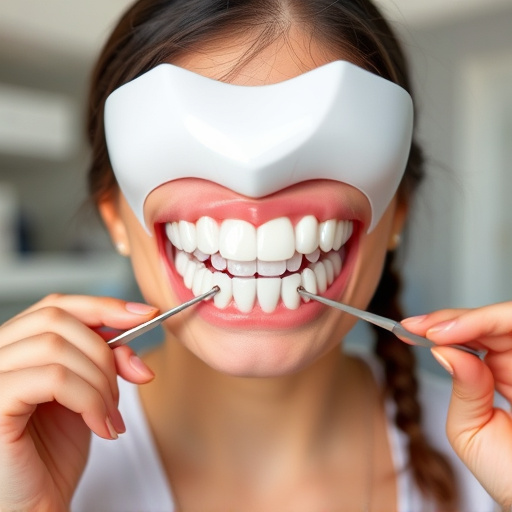
An ill-fitting sports mouth guard can have a significant impact on an athlete’s performance and safety. When a mouth guard doesn’t fit properly, it can cause discomfort, interfere with breathing and speaking, and even dislodge during impact, leaving teeth vulnerable to injury. This isn’t just about aesthetics; a secure, well-fitted mouth guard allows athletes to focus on their game without distractions or fear of oral damage.
Beyond the immediate risks of dental trauma, poor fit can also lead to long-term issues. Repeated impacts against an ill-fitting guard can contribute to tooth wear and even increase the risk of developing temporomandibular joint (TMJ) disorder. Proper bite balance is crucial for ensuring a mouth guard that not only protects teeth but also supports overall oral health, especially when considering procedures like dental fillings or even needing dental crowns later in life.
Sports mouth guards are not just accessories; they are essential safety gear that can significantly enhance athletic performance and protect teeth from impact injuries. A properly fitting mouth guard, achieved through understanding bite balance, is crucial for optimal protection. Ill-fitting guards not only fail to safeguard teeth but also disrupt athletic performance. Therefore, athletes should prioritize assessing and achieving the right fit and bite balance to reap the full benefits of sports mouth guards.


